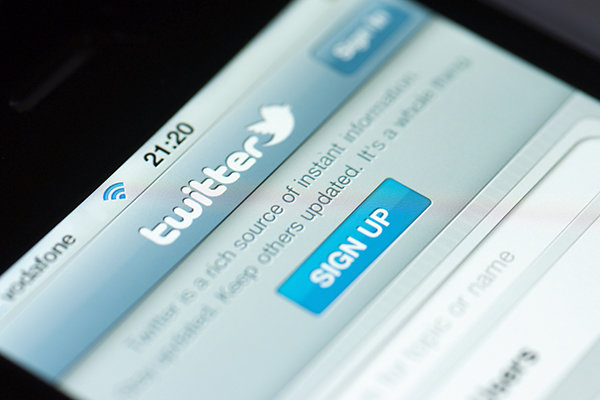How to crack the social media enigma that is Twitter? The internet abounds with tips from those claiming to have beaten the system. How To Maximise Your Brand On Twitter. The Ultimate Guide To Building Your Twitter Presence. How To Dramatically Increase Your Twitter Following.
The complex tactics preached by these self-professed social gurus are myriad. They range from scheduling tweets to go out at “peak times” when most people are online, to manipulating the “following to follower ratio” in order to appear more influential.
Of course, none of this control-freakery makes any difference if you get the basics wrong.
So here are five easily-avoidable mistakes made on Twitter every day, by everyone from the biggest brands to those just starting out.
1. #One #word #hashtags
This is the most common mistake out there. Millions of tweets are sent every day attached to hashtags like #winning or #excited.
This stems from a fundamental misunderstanding of the point of hashtags. This is to make tweets about the same issue or event easily searchable.
Take Justin Bieber’s latest world tour, officially named the Purpose Tour. Searching “purpose tour” on Twitter will find all tweets mentioning “purpose” and “tour”. Many of these will have nothing to do with Bieber. Hence the hashtag #purposetour, which brings together all tweets about the tour, and filters out tweets which just happen to mention the two words.
Adding #excited to tweets is pointless. For one thing, it is unlikely anyone is searching for tweets on the vague theme of excitement. But even if they are, they could just search “excited” and return exactly the same results. The “#” makes no difference
2. Link shorteners
Who can forget cute little digital start-ups like Bitly? Shortening links to fit within Twitter’s 140 character limit (by, rather bizarrely, registering them with the Libyan government) made our lives a whole lot easier.
That was until Twitter implemented its own link-shortening service, t.co, which automatically shortens links posted in tweets. The 9-character URLs beloved by Bitly fans are now sadly redundant, because Twitter counts all URLs as 22 characters, even if the link itself is less than 22 characters long.
3. Deleting tweets
This can seem like a good idea. For simple spelling mistakes or when you accidentally tagged the wrong person, it is perfectly harmless.
But be warned. If you’ve made a serious mistake, such as posting offensive content or making a promise you can’t keep, deleting the tweet can land you in even hotter water. The reason is that various websites such as Tweleted exist solely for the purpose of capturing tweets that were later deleted, and storing them for eternity. Owning up and apologising might be a better alternative to trying to cover it up.
4. Starting a tweet with someone’s user name
Ever wondered why some tweets start with a full stop? The reason is that starting a tweet with a username means only followers of the person tweeting and those of the person mentioned will see it. Adding a full stop just before the “@” symbol means the tweet will be fully public, which is most likely what you intended in the first place.
5. Twitlonger
Numerous tools out there claim to get around Twitter’s 140 character limit. None is a silver bullet. Twitlonger, one of the most popular, works by adding links to your tweets which take viewers to an external website where the rest of the content is displayed.
The problem is, you still have to make the first 140 characters engaging enough to get people to click on the link. Most of the time, you end up back where you started – trying to cram something witty, surprising or novel into a short sentence. Which is, after all, the beauty of Twitter.

